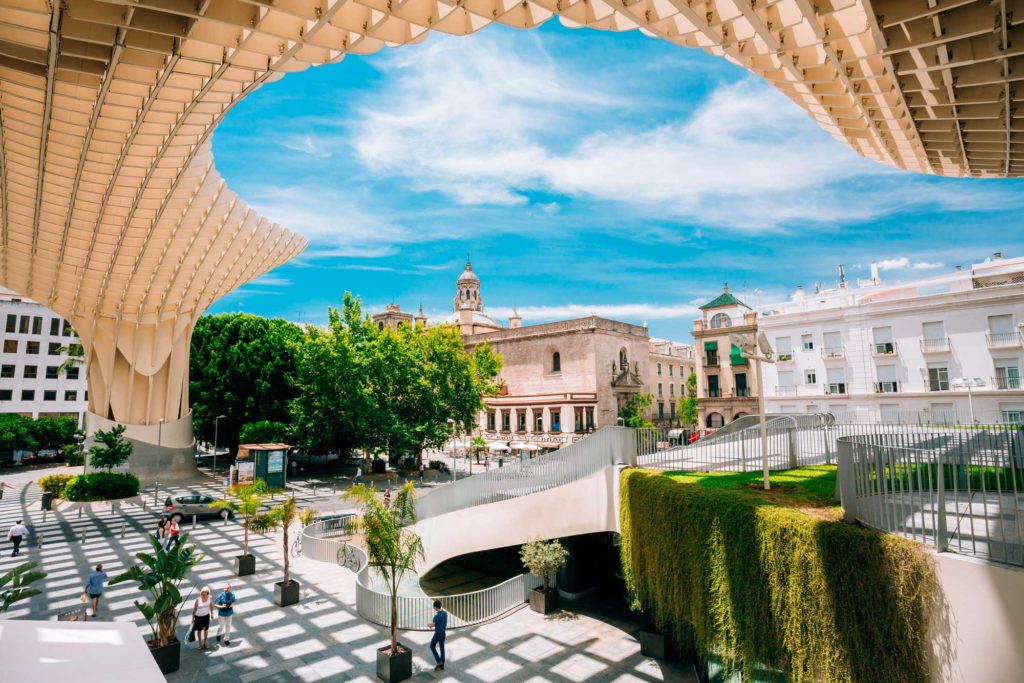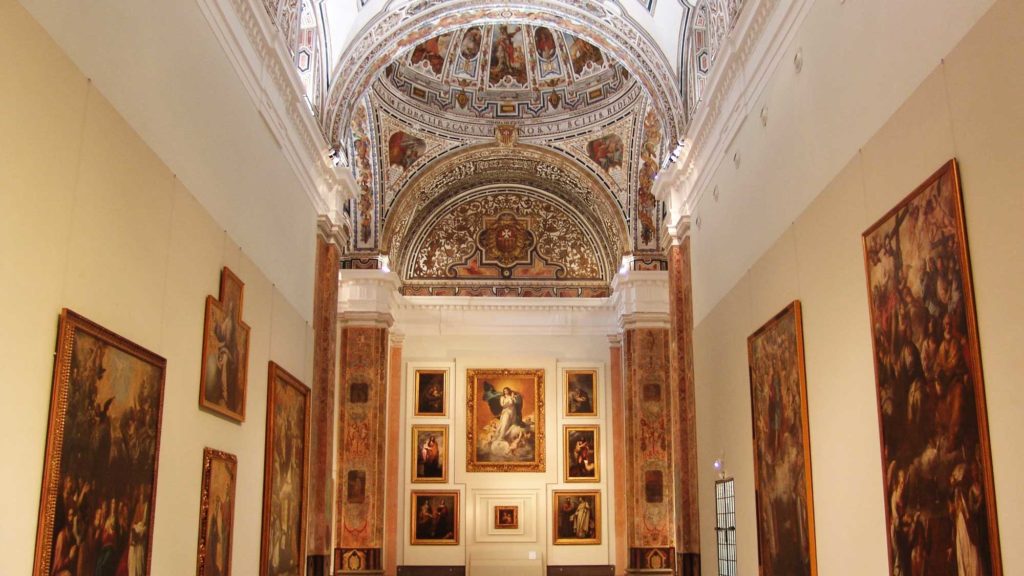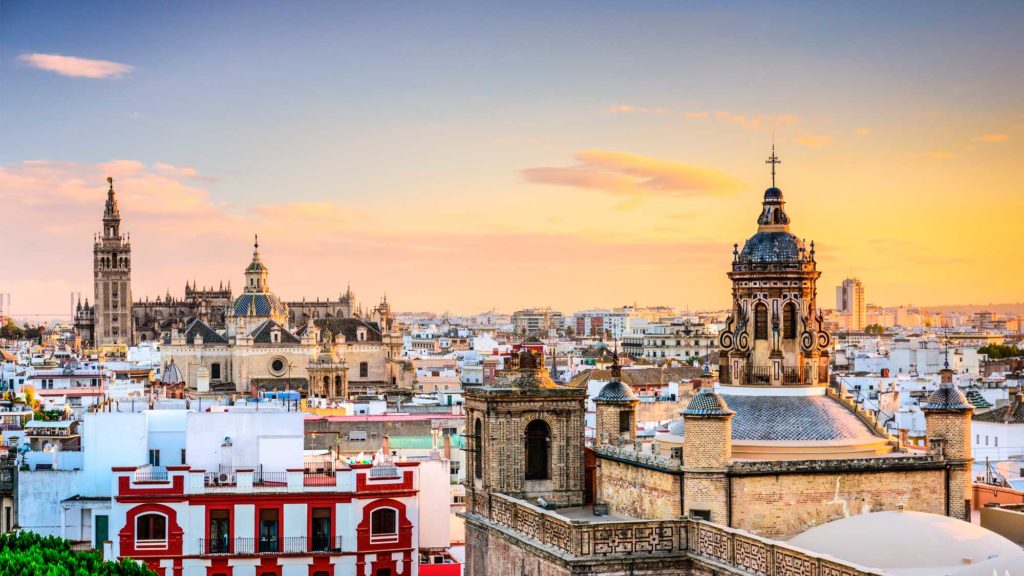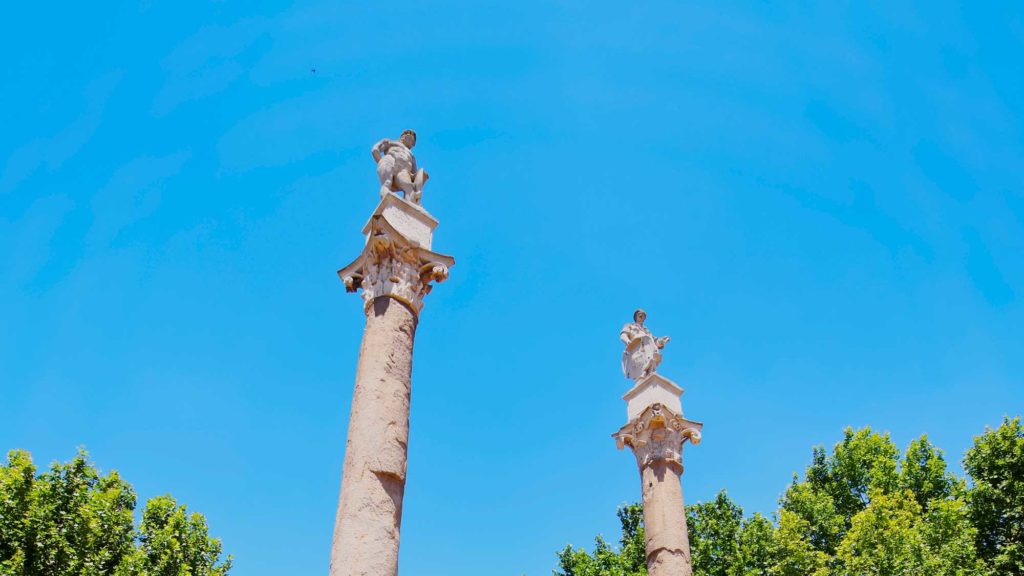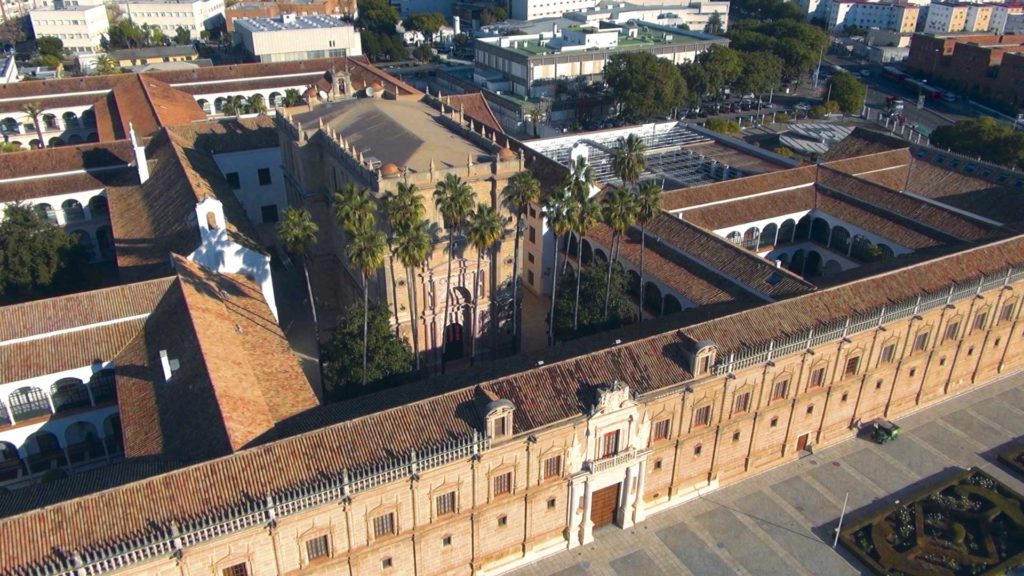The futuristic architecture of Metropol-Parasol, a work by the German architect Jürgen Mayer, contains, in its basement, the Antiquarium, where you can find archaeological remains of the old city of Hispalis from Roman times. Walking from Plaza de la Encarnación towards the northern residential district of the city, you will see a chameleon-like city. Enjoy it.
The best way to walk here is to zigzag. Time doesn’t matter. Losing yourself is one thing. Knowing how to lose yourself is another. From Encarnación the route takes you to the vintage shops and the gallery-shops. Here hipsters mix with the barrio-born. From Calle Feria to the Macarena, you’ll come across a series of unforgettable human vignettes. There’s a little bit of everything. Old-fashioned bars mix with gastrobars selling the latest in modern tapas. Gothic-Mudejar churches and alternative venues. The trendy and the typical. Charming and old bookstores. In some gay tourist guides a visit to the Alameda de Hercules is recommended But this Sevillian Soho, like the Williamsburg of Brooklyn but on this side of the pond, is much more than a simple cliché.
